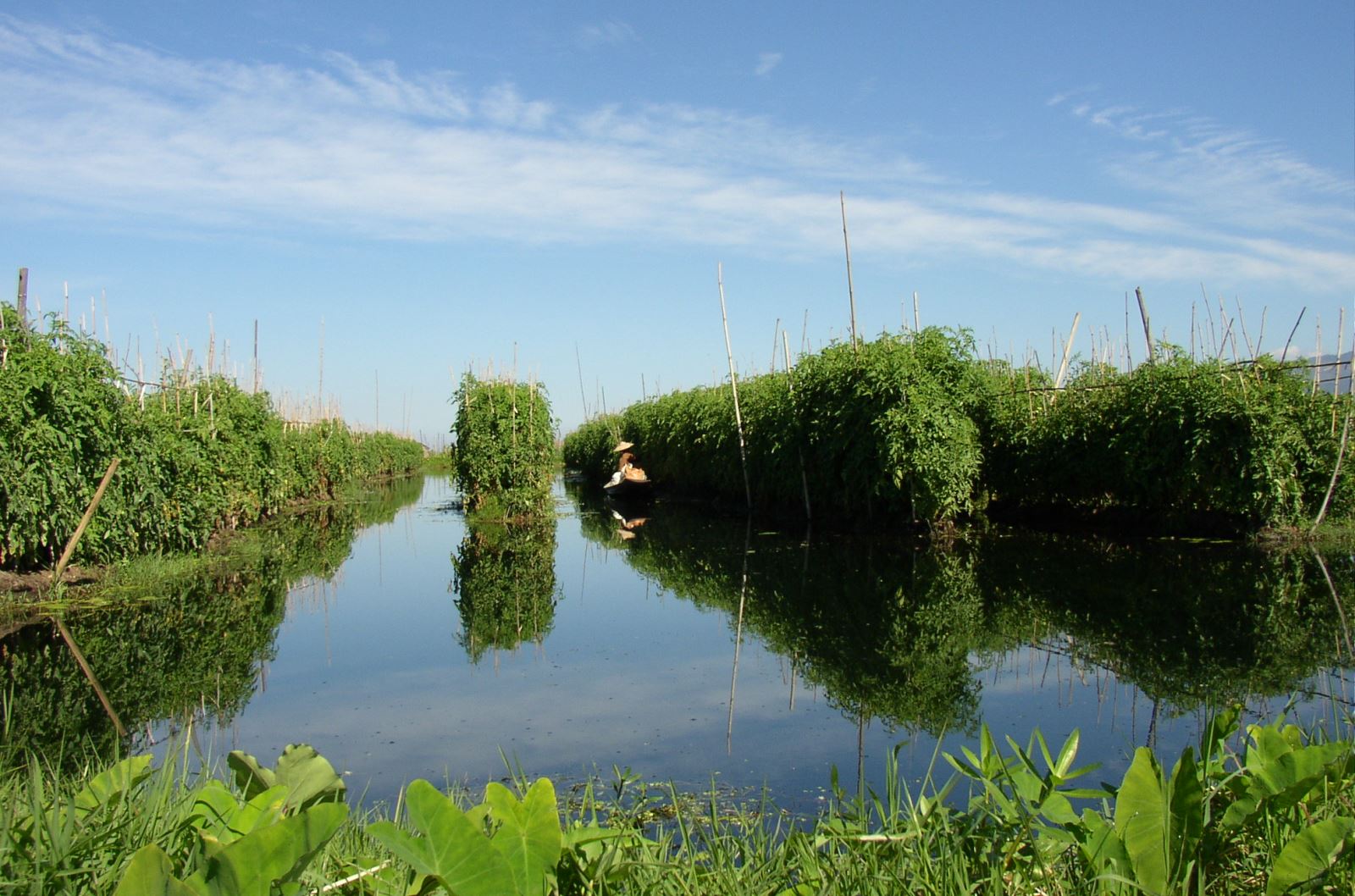The lake, which measures 22 km long by 10 km wide, and sits in a valley between two mountain ranges, feels like a different world to the rest of Myanmar: in villages and towns across the lake, wooden houses are built on stilts and fishermen steer their one-man boats with a characteristic rowing style, wrapping one leg around their oar.
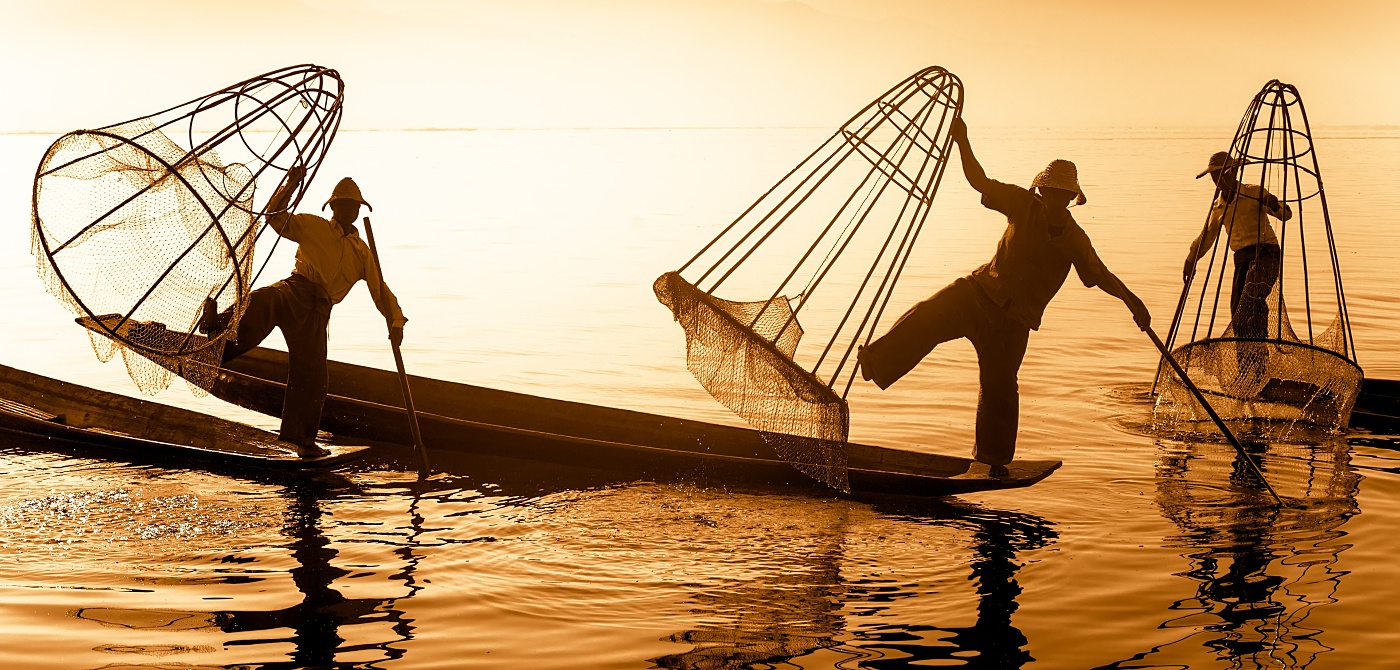
Along with fishing, traditional handicrafts are an important part of the local economy, and you will get to see silk weavers and silversmiths plying their trade on the lake.
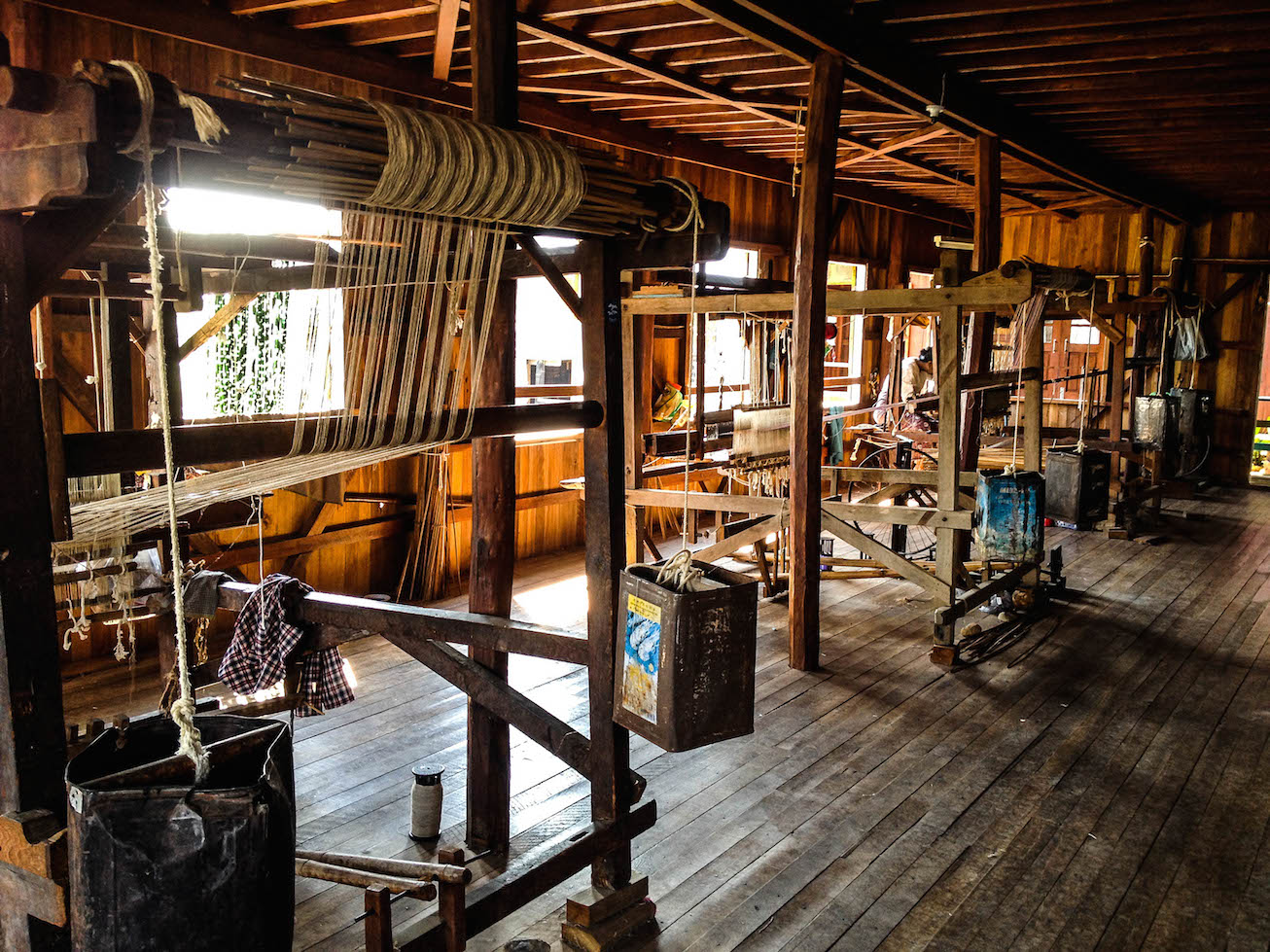
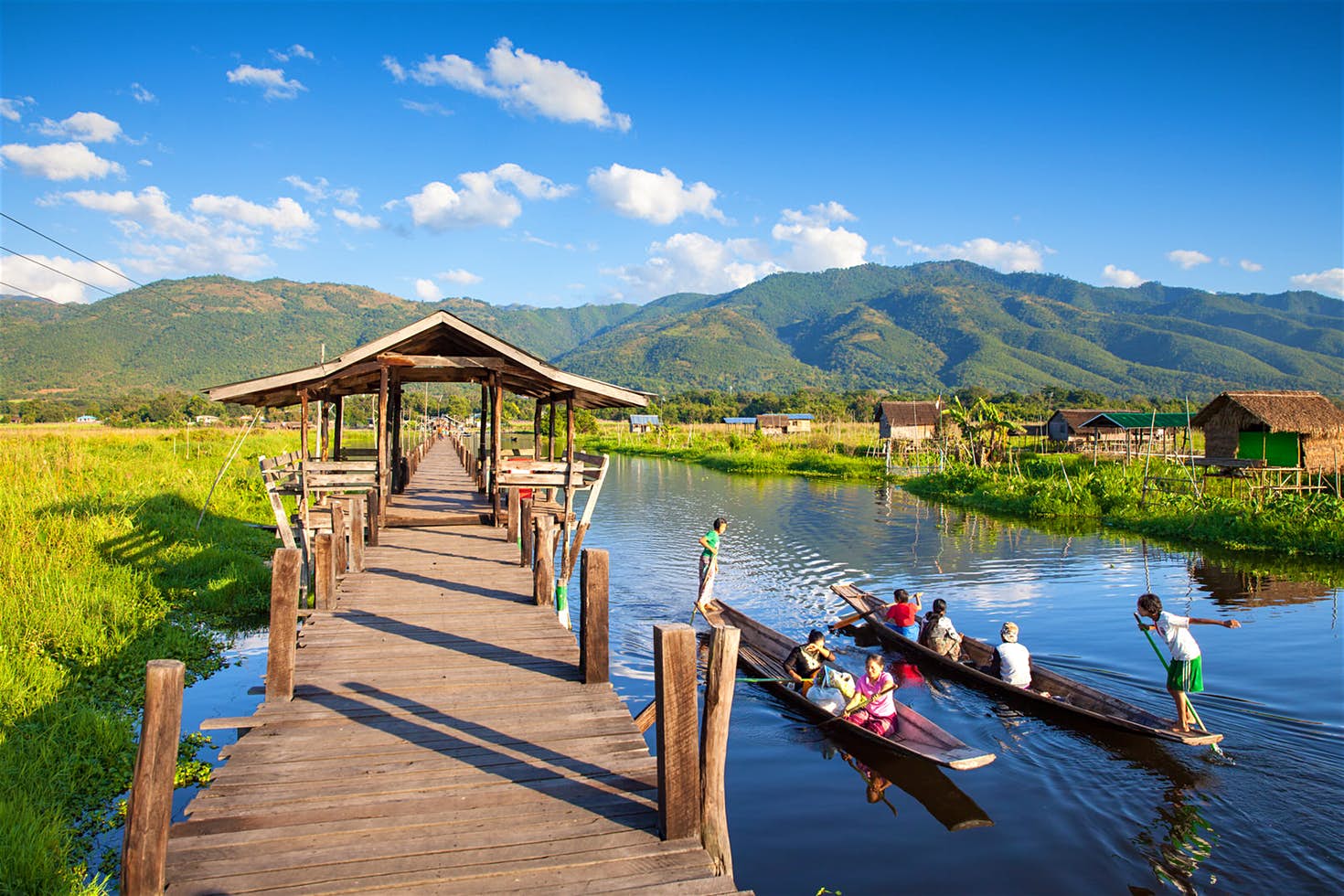
And as with all of Myanmar, religion plays a massive part in local life, and numerous pagodas and monasteries can be found on the lake and its shores. There also are many restaurants dotted around, where you can indulge in their delicious catches of the day.

Ywama is a typical example of a traditional Inle Lake settlement, and is most famous for its floating market. It also has various handicraft workshops, a monastery and the Phaung Daw Oo Pagoda, one of the holiest sites in Shan State, visited by Buddhist worshippers from all around Myanmar.
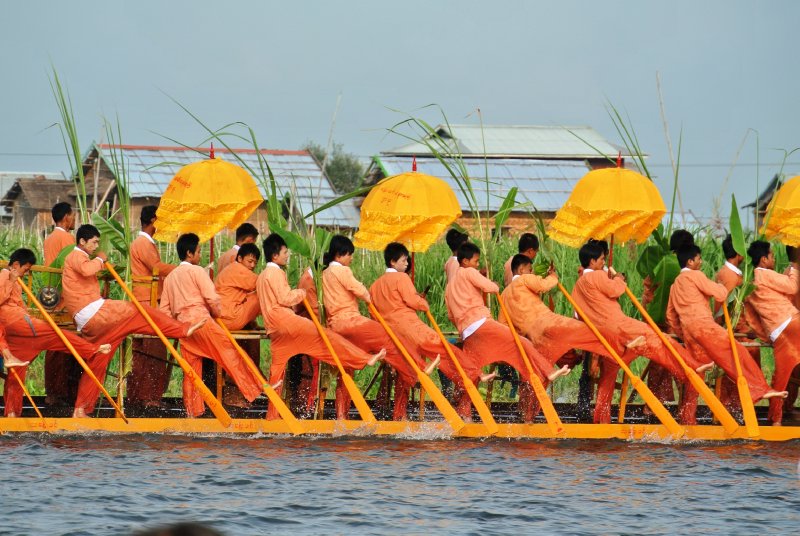
The Phaung Daw Oo Pagoda festival takes place in October and features the passage of four revered Buddha images around the villages of Inle Lake on the barge, taking 18 days to complete their journey.
The village of Nampan is another an excellent example of a traditional floating village, with its wooden houses all built on stilts.

Just to the north of the village, you will find floating gardens where the Intha people grow a variety of vegetables and flowers, both for their own consumption and to export around the country.
According to go-myanmar




